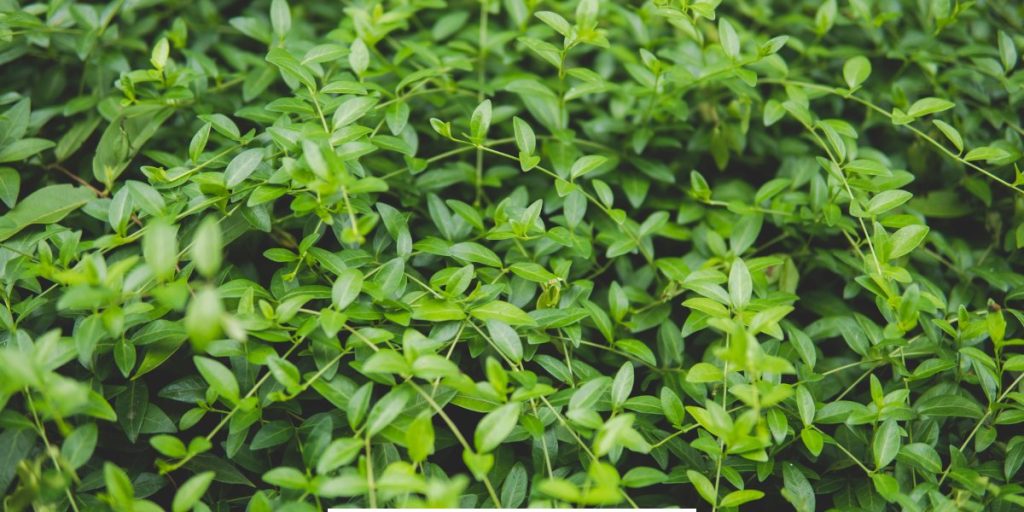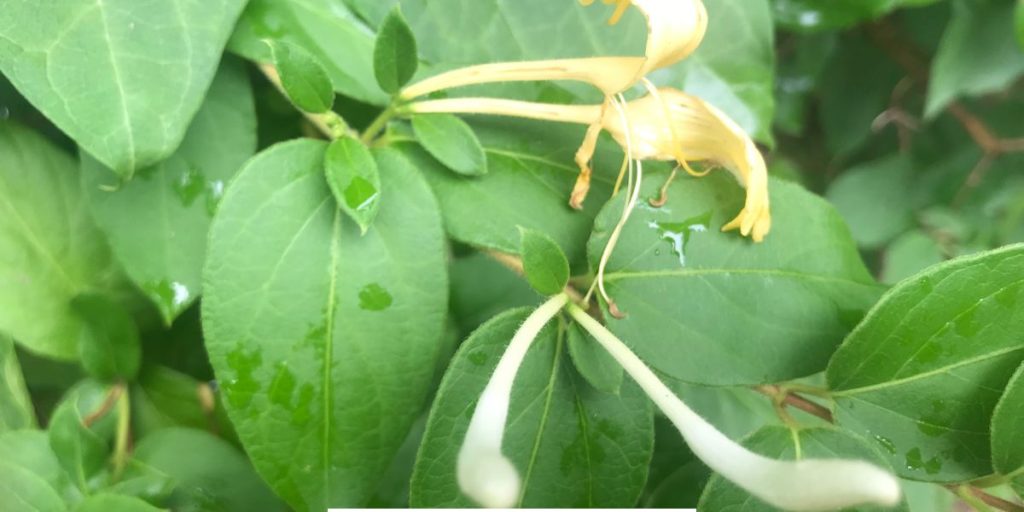Maloti ful, scientifically known as Aganosma Heynei, is a captivating flower native to the Indian subcontinent. Renowned for its delicate beauty and sweet fragrance, this flower holds a special place in Bengali culture. In this blog post, we’ll explore the enchanting world of Maloti flower, delving into its appearance, growth habits, cultural significance, and care tips.
Appearance and Characteristics of Maloti Ful
Maloti lota flower is a beautiful, white, star-shaped flower that blooms in clusters. Each delicate petal radiates a sense of purity and elegance, making it a popular choice for ornamental purposes. The flowers exude a sweet, pleasant fragrance that can enchant anyone who passes by. The plant itself is a climbing vine, often found adorning trellises, fences, and walls with its lush green foliage and striking white blooms.
Common names: Malati, Clove-scented Echites
Fragrance: The flowers have a strong, sweet fragrance, often described as clove-like.
Uses:
- Ornamental plant due to its beautiful flowers and fragrance
- Flowers are used in religious offerings and for making garlands
- Traditionally used in Ayurvedic medicine for various purposes

Growth Habits Of Aganosma Heynei
Aganosma heynei, or Maloti ful, is a hardy and resilient plant that thrives in a variety of conditions. It prefers well-drained soil and a sunny or partially shaded location. The plant is known for its rapid growth, often spreading quickly to cover large areas. This makes it an excellent choice for gardeners looking to add a touch of elegance to their outdoor spaces.
Cultural Significance of Maloti ful
In Bengali culture, Maloti ful holds a special place. The flower is often associated with love and purity, and its presence in gardens and homes is believed to bring positive energy. Maloti ful is also used in various traditional ceremonies and rituals, adding to its cultural importance.
How to Grow and Care for Maloti Flower
- Planting: Start by selecting a suitable location with plenty of sunlight or partial shade. Ensure the soil is well-drained to prevent waterlogging, which can harm the plant’s roots.
- Watering: Maloti ful requires regular watering, especially during the growing season. However, be careful not to overwater, as this can lead to root rot.
- Pruning: Regular pruning helps maintain the shape and size of the plant. Trim back any overgrown or dead branches to encourage new growth and more blooms.
- Fertilizing: Use a balanced fertilizer during the growing season to provide the necessary nutrients for healthy growth and abundant flowering.
- Support: Since Maloti ful is a climbing vine, provide support such as a trellis or fence for the plant to grow on. This not only helps the plant thrive but also enhances its ornamental appeal.

Conclusion
Maloti ful, or Aganosma heynei, is a delightful addition to any garden, bringing beauty, fragrance, and cultural significance. Its star-shaped white flowers and lush green foliage make it a standout plant that can transform any space into a serene and enchanting haven. By following the simple care tips outlined in this post, you can enjoy the elegance and charm of Maloti ful in your own garden.
Embrace the beauty of Maloti ful and let this enchanting flower add a touch of elegance to your life.
What is Maloti ful?
Maloti ful, scientifically known as Aganosma heynei, is a climbing vine known for its beautiful, star-shaped white flowers and sweet fragrance. It is native to the Indian subcontinent and holds cultural significance in Bengali culture.
Can Maloti ful be grown indoors?
While Maloti ful is typically grown outdoors due to its climbing nature and sunlight requirements, it can be grown indoors if provided with sufficient light and support for climbing.
When does Maloti flower bloom?
Maloti ful typically blooms during the warm months, producing clusters of white, star-shaped flowers that add a touch of elegance and fragrance to the garden.
How do I propagate Maloti ful?
Maloti ful can be propagated through stem cuttings. Take a healthy stem cutting, plant it in well-drained soil, and keep it moist until it establishes roots and begins to grow.
What are the benefits of planting Maloti Flower?
Maloti ful not only enhances the aesthetic appeal of a garden with its beautiful blooms and fragrance but also holds cultural significance. It is believed to bring positive energy and is used in various traditional ceremonies.
How fast does Maloti ful grow?
Maloti ful is known for its rapid growth. With proper care, it can quickly cover trellises, fences, and walls, making it an excellent choice for creating natural green screens or decorative garden features.
What is the significance of Maloti ful in Bengali culture?
In Bengali culture, Maloti ful symbolizes love and purity. It is often used in traditional ceremonies and rituals and is believed to bring positive energy to homes and gardens.
Can Maloti ful tolerate extreme weather conditions?
While Maloti ful is hardy, it thrives best in moderate climates. Protecting the plant from extreme heat or frost can help ensure its healthy growth and longevity.


